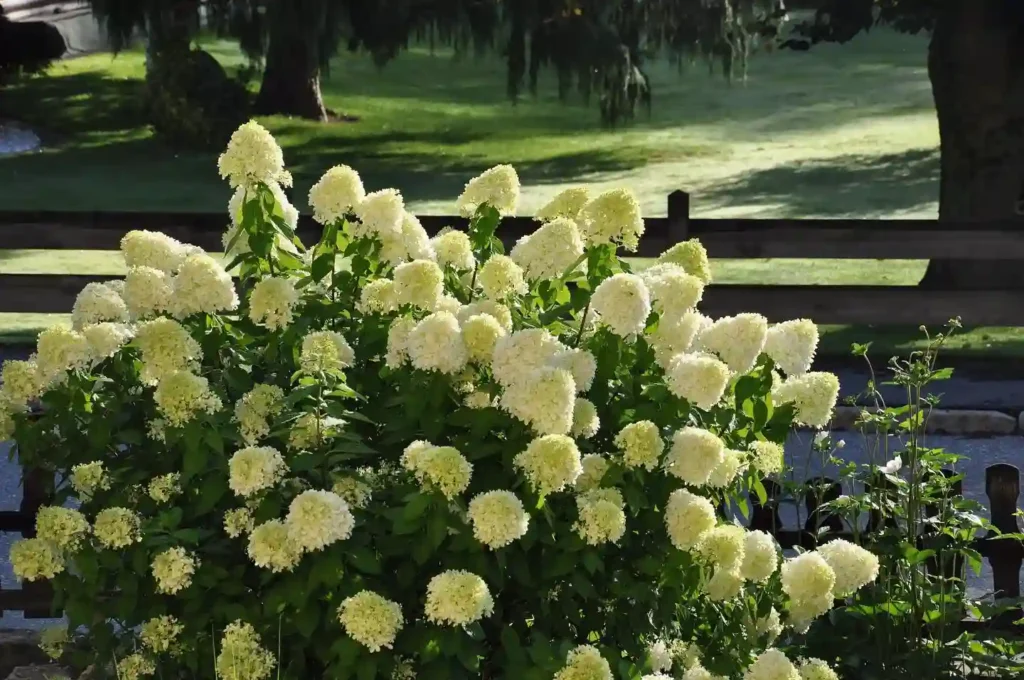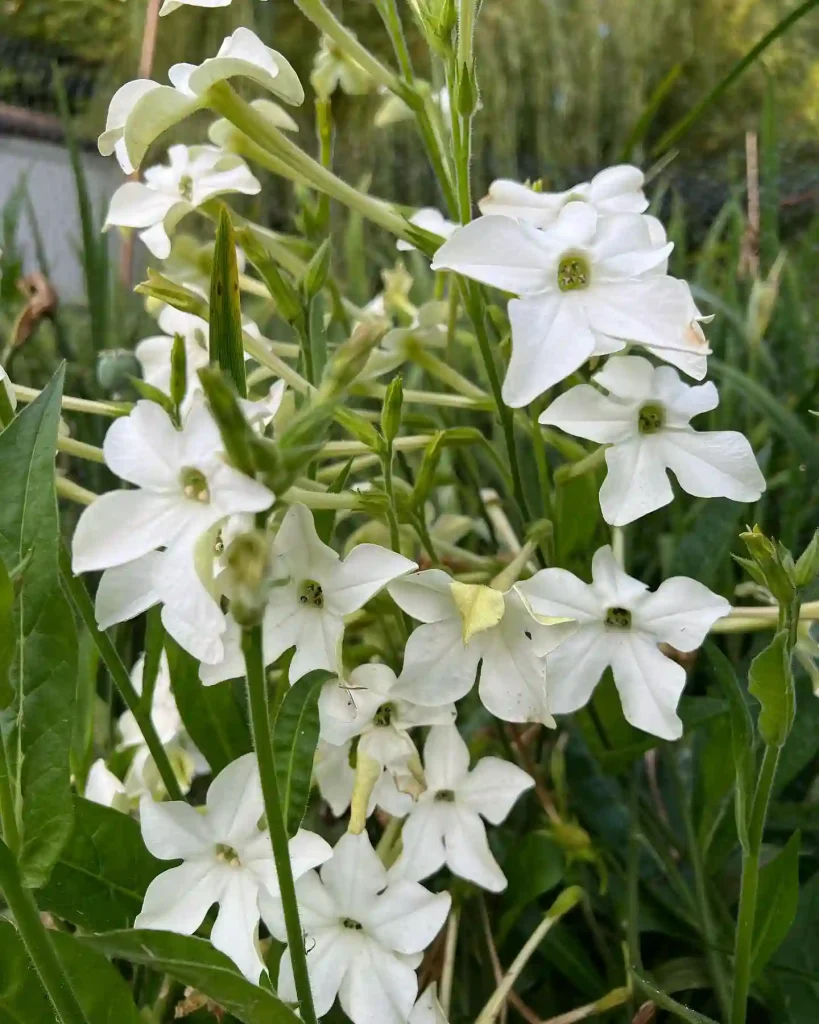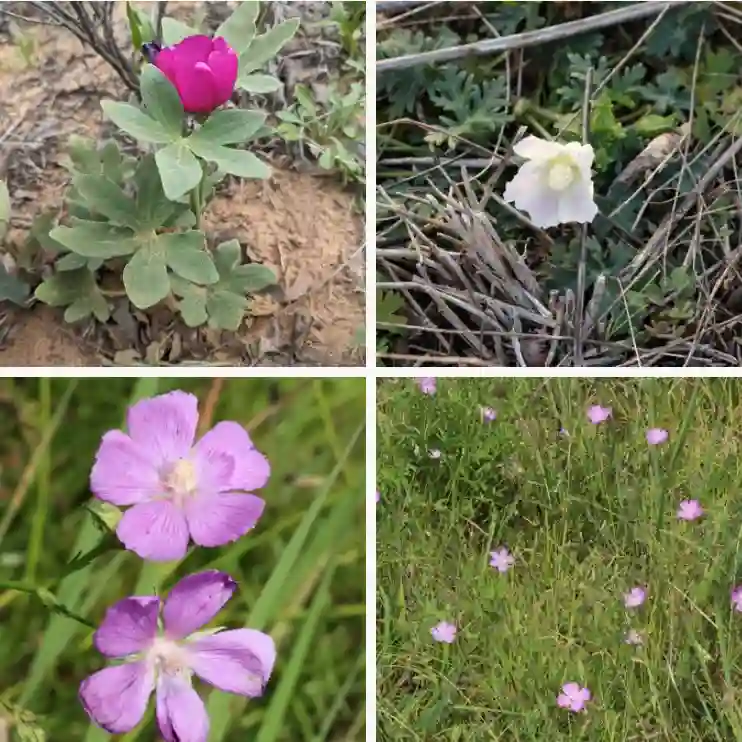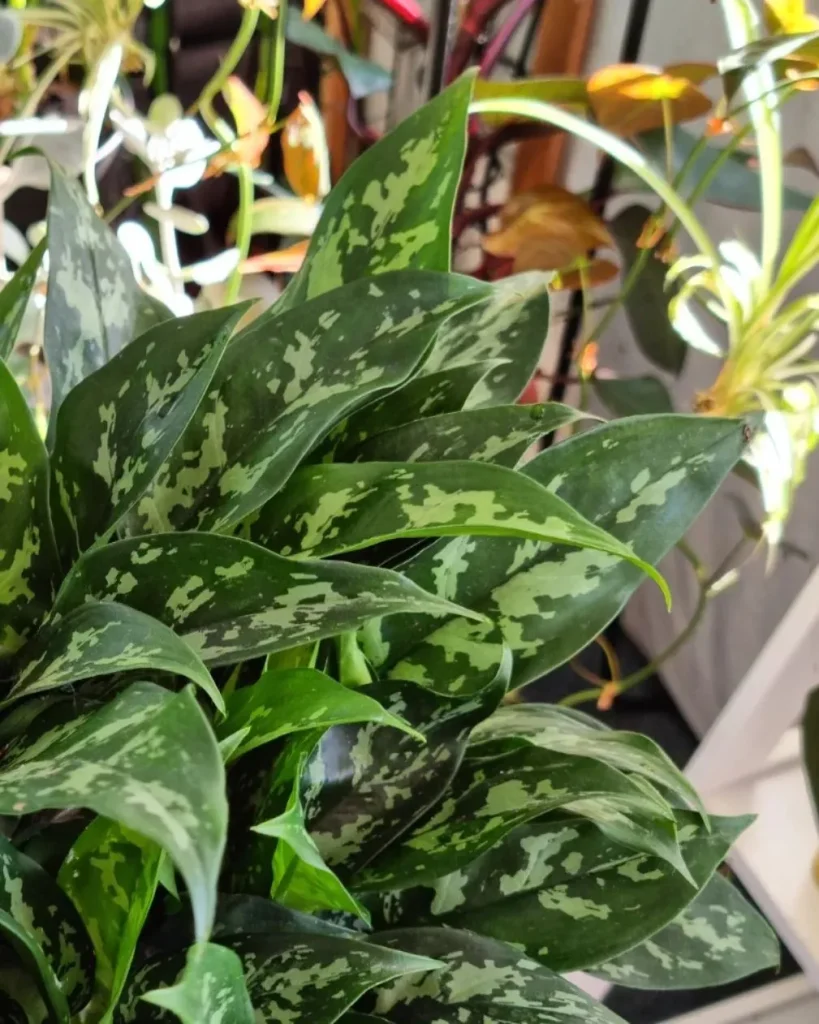August 24 – Angelica
"Angelica, the archangel plant, represents August 24."
Angelica symbolizes inspiration and protection. You uplift others with your wisdom and care. Like its majestic stems, you stand tall as a guiding light.
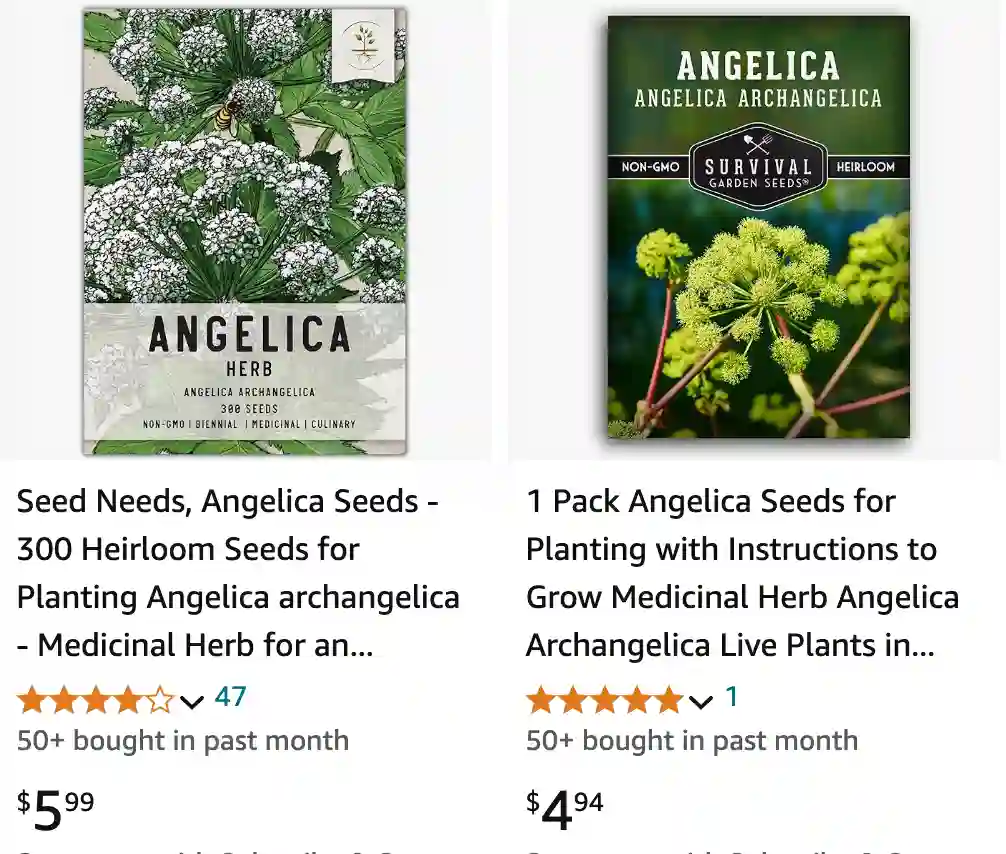
All About Angelica: A Gardener’s Guide
Hi there, Ferb Vu here! Today, we’re diving deep into the world of Angelica, a genus of tall, aromatic plants with a surprising amount to offer. Whether you’re a seasoned gardener or just starting your botanical journey, angelicas can be a fascinating addition to your plot.
What is Angelica?
Angelica is a genus of about 107 species belonging to the Apiaceae family, which also includes celery, carrots, and parsley. These herbaceous perennials or biennials are native to temperate and subarctic regions of the Northern Hemisphere.
They’re known for their architectural stature, often reaching heights of 1 to 3 meters (3 to 10 feet). Angelica boasts large, bipinnate leaves, creating a dramatic silhouette in the garden. During their blooming season, they produce impressive clusters of white or greenish-white flowers in umbrella-shaped formations.
But Angelica’s appeal goes beyond aesthetics. The stems and roots of some species have been used for centuries in traditional medicine, while others find their way into culinary applications.
Angelica species
- Angelica acutiloba (Siebold & Zucc.) Kitag.
- Angelica adzharica Pimenov
- Angelica ampla A.Nelson
- Angelica anomala Avé-Lall.
- Angelica apaensis R.H.Shan & C.C.Yuan
- Angelica archangelica L. Plant FAQs: Angelica Archangelica
- Angelica arguta Nutt.
- Angelica atropurpurea L. Plant FAQs: Angelica Atropurpurea – Purple Angelica
- Angelica biserrata (R.H.Shan & C.Q.Yuan) C.Q.Yuan & R.H.Shan
- Angelica brevicaulis (Rupr.) B.Fedtsch.
- Angelica breweri A.Gray
- Angelica californica Jeps.
- Angelica callii Mathias & Constance
- Angelica canbyi J.M.Coult. & Rose
- Angelica capitellata (A.Gray) Spalik, Reduron & S.R.Downie
- Angelica cartilaginomarginata (Makino ex Y.Yabe) Nakai
- Angelica cincta H.Boissieu
- Angelica cryptotaeniifolia Kitag.
- Angelica cyclocarpa (C.Norman) M.Hiroe
- Angelica czernaevia (Fisch. & C.A.Mey.) Kitag.
- Angelica dabashanensis C.Y.Liao & X.J.He
- Angelica dahurica (Hoffm.) Benth. & Hook.f. ex Franch. & Sav.
- Angelica dailingensis Z.H.Pan & T.D.Zhuang
- Angelica dawsonii S.Watson
- Angelica decurrens (Ledeb.) B.Fedtsch.
- Angelica decursiva (Miq.) Franch. & Sav.
- Angelica duclouxii Fedde ex H.Wolff
- Angelica edulis Miyabe ex Y.Yabe
- Angelica erythrocarpa H.Wolff
- Angelica fallax H.Boissieu
- Angelica genuflexa Nutt.
- Angelica gigas Nakai Plant FAQs: Angelica Gigas – Korean Angelica
- Angelica glauca Edgew.
- Angelica gmelinii (DC.) Pimenov
- Angelica grayi (J.M.Coult. & Rose) J.M.Coult. & Rose
- Angelica hakonensis Maxim.
- Angelica hendersonii J.M.Coult. & Rose
- Angelica heterocarpa M.J.Lloyd
- Angelica hirsutiflora Tang S.Liu, C.Y.Chao & T.I.Chuang
- Angelica hohuanshanensis S.S.Ying
- Angelica inaequalis Maxim.
- Angelica indica Pimenov & Kljuykov
- Angelica japonica A.Gray
- Angelica kaghanica Ishtiaq & Qureshi
- Angelica kangdingensis R.Shan & F.T.Pu
- Angelica keiskei (Miq.) Koidz.
- Angelica kingii (S.Watson) J.M.Coult. & Rose
- Angelica komarovii (Schischk.) V.N.Tikhom.
- Angelica laxifoliata Diels
- Angelica lignescens Reduron & Danton
- Angelica likiangensis H.Wolff
- Angelica lineariloba A.Gray
- Angelica longeradiata (Maxim.) Kitag.
- Angelica longicaudata C.Q.Yuan & R.H.Shan
- Angelica longipes H.Wolff
- Angelica lucida L.
- Angelica macroserrata Charit.
- Angelica major Lag.
- Angelica maowenensis C.Q.Yuan & R.H.Shan
- Angelica megaphylla Diels
- Angelica minamitanii T.Yamaz.
- Angelica × mixta Nyár. ex Todor
- Angelica morii Hayata
- Angelica morrisonicola Hayata
- Angelica muliensis C.Y.Liao & X.G.Ma
- Angelica multicaulis Pimenov
- Angelica multisecta Maxim.
- Angelica nakaiana (Kitag.) Pimenov
- Angelica nelsonii J.M.Coult. & Rose
- Angelica nitida H.Wolff
- Angelica nubigena (C.B.Clarke) P.K.Mukh.
- Angelica oreada (Diels) M.Hiroe
- Angelica pachycarpa Lange
- Angelica paeoniifolia R.H.Shan & C.C.Yuan
- Angelica pinnata S.Watson
- Angelica pinnatiloba R.Shan & F.T.Pu
- Angelica polymorpha Maxim.
- Angelica pseudoselinum H.Boissieu
- Angelica pseudoshikokiana Kitag.
- Angelica pubescens Maxim.
- Angelica pyrenaea (L.) Spreng.
- Angelica razulii Gouan
- Angelica remotiserrata Tuncay & Akalın
- Angelica roseana L.F.Hend.
- Angelica saxatilis Ledeb.
- Angelica saxicola Makino ex Y.Yabe
- Angelica setchuenensis Diels
- Angelica shikokiana Makino ex Y.Yabe
- Angelica sinanomontana Kitag.
- Angelica sinensis (Oliv.) Diels Plant FAQs: Angelica Sinensis – Dong Quai
- Angelica sylvestris L.
- Angelica tarokoensis Hayata
- Angelica tenuisecta (Makino) Makino
- Angelica ternata Regel & Schmalh.
- Angelica tianmuensis Z.H.Pan & T.D.Zhuang
- Angelica tomentosa S.Watson
- Angelica triquinata Michx.
- Angelica turcica Hamzaoğlu & Koç
- Angelica ubadakensis (Koidz.) Kitag.
- Angelica ursina (Rupr.) Maxim.
- Angelica urumiensis Mozaff.
- Angelica valida Diels
- Angelica venenosa (Greenway) Fernald
- Angelica viridiflora (Turcz.) Benth. ex Maxim.
- Angelica wheeleri S.Watson
- Angelica yakusimensis H.Hara
- Angelica yanyuanensis (F.T.Pu) Jing Zhou
Angelica vs Giant Hogweed
When I encountered Angelica and Giant Hogweed, the former’s gentle, aromatic presence felt welcoming, whereas the latter’s menacing size and toxic sap made me wary and cautious.
Angelica vs Hemlock
Comparing Angelica and Hemlock, I found Hemlock’s delicate, fern-like leaves deceptively charming, yet knowing its lethal nature made me appreciate Angelica’s safer, more comforting allure.
Angelica vs Cow Parsnip
Angelica and Cow Parsnip both have large, white umbels, but Angelica’s sweet fragrance and medicinal uses have always drawn me in more than the less remarkable Cow Parsnip.
Angelica vs Gilgamesh
Imagining Angelica alongside the mythic Gilgamesh, I felt an odd contrast between the humble, nurturing herb and the epic hero’s strength and grandeur, making me reflect on the different kinds of power and influence they each represent.
How to Care for Angelica?
Angelica thrives in cool, moist conditions with plenty of sunlight. Here are some key points to remember:
- Light: Aim for 6-8 hours of direct sunlight daily.
- Soil: Angelica prefers well-draining, fertile soil with a slightly acidic to neutral pH.
- Watering: Keep the soil consistently moist, especially during the hot summer months.
- Mulching: Apply a layer of mulch around the base of the plant to retain moisture and suppress weeds.
- Feeding: Angelica is generally not a heavy feeder. A balanced organic fertilizer applied once a year in early spring is sufficient.
Seasonal Care:
- Spring: This is the ideal time to plant new Angelica or divide established clumps.
- Summer: Ensure consistent watering during hot spells. Deadheading spent flowers encourages further blooms.
- Fall: Angelica’s foliage takes on stunning autumn colors. You can cut back the stems after the first frost.
- Winter: In colder climates, mulch the base of the plant with leaves or straw to protect the roots from freezing temperatures.
How to Propagate Angelica?
There are two main ways to propagate Angelica:
- Seed Sowing: Seeds can be sown directly outdoors in early spring or started indoors several weeks before the last frost.
- Division: Established Angelica clumps can be divided in spring or fall. Carefully dig up the plant, then use a sharp knife or spade to divide it into sections, each with healthy roots and crowns.
Pro tip: When handling Angelica, wear gloves as the sap can irritate the skin for some people.
What to Plant with Angelica?
Angelica’s tall stature and architectural form make it a valuable addition to mixed borders. Here are some ideas for companion plants:
- Perennials: Foxgloves, Siberian irises, hostas, and ferns can create a beautiful textural contrast.
- Biennials: Hollyhocks and mulleins complement the height of Angelica.
- Vegetables: Early-maturing vegetables like lettuce, spinach, and radishes can be tucked in at the base of the Angelica while it’s still young.
Important Note: Some Angelica species can be allelopathic, meaning they release chemicals that inhibit the growth of nearby plants. It’s best to research the specific Angelica variety you’re interested in before planting companions.
Angelica in the Kitchen
While not all Angelica species are culinary delights, some have found their way onto our plates. The stems and roots of Angelica gigas, also known as garden angelica, are used in various cuisines.
- Candied Angelica: Chopped stems are candied and used as a decorative and flavorful garnish on cakes, pastries, and desserts.
- Angelica Tea: Angelica root tea is consumed for its purported health benefits, although it’s important to consult with a healthcare professional before trying it.
Safety First: Remember, some Angelica species can be toxic if ingested. Only consume Angelica that is specifically identified as safe for culinary purposes.
Conclusion
Angelica offers a unique combination of beauty, utility, and historical intrigue. With a little care, these majestic plants can grace your garden for years to come. So, why not give Angelica a try and see how it adds a touch of magic to your plot?
Happy Gardening!
If i die, water my plants!
